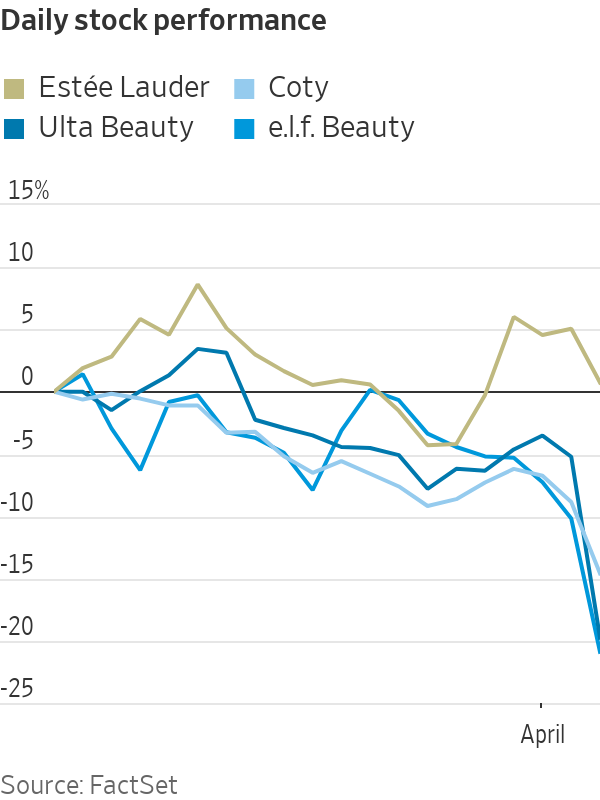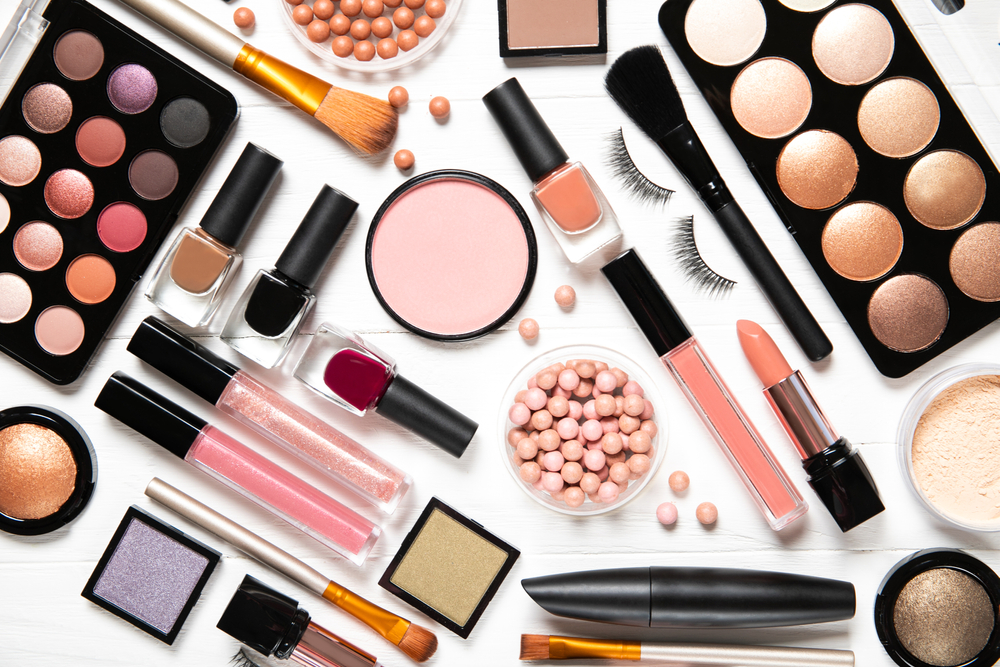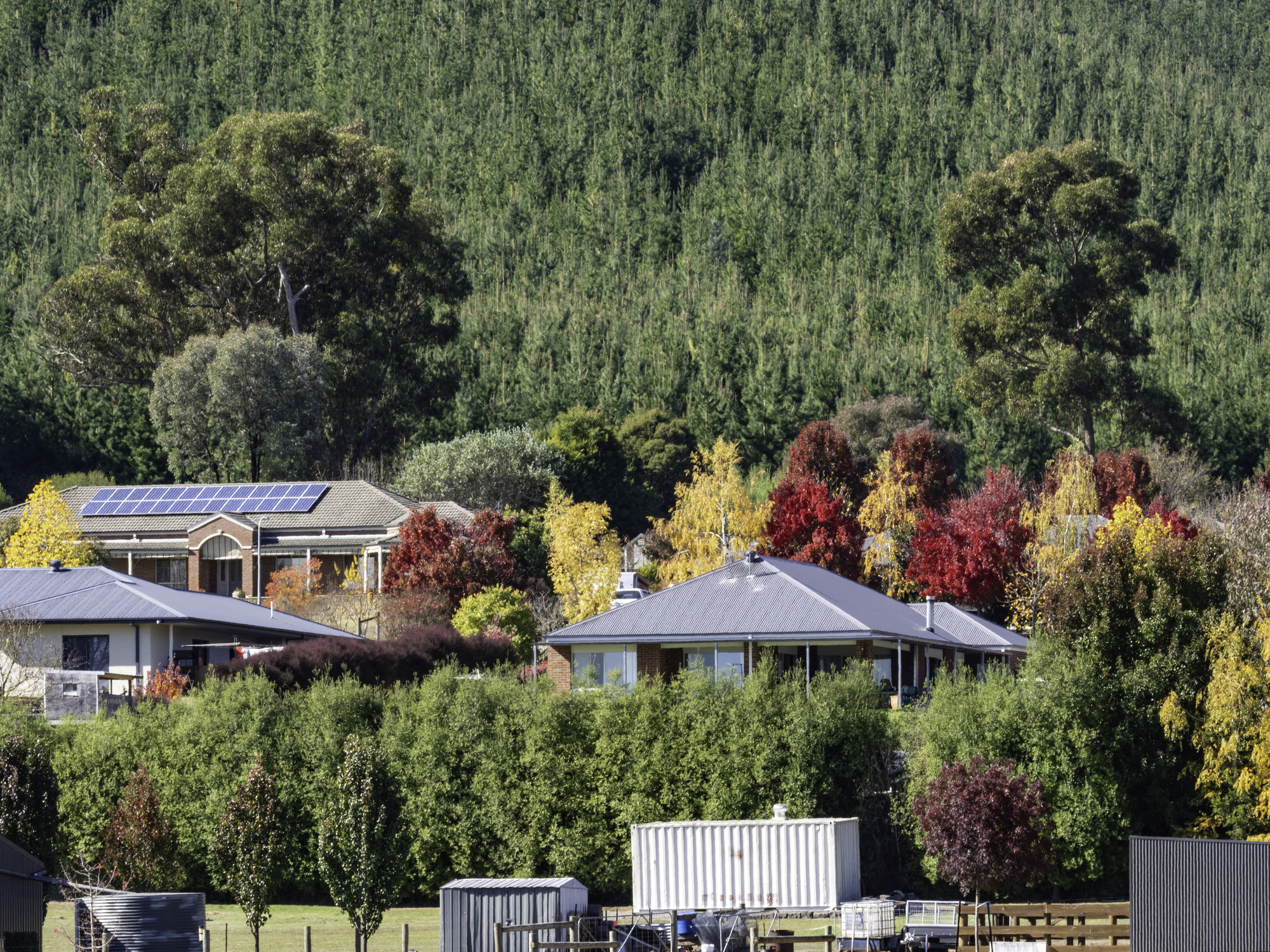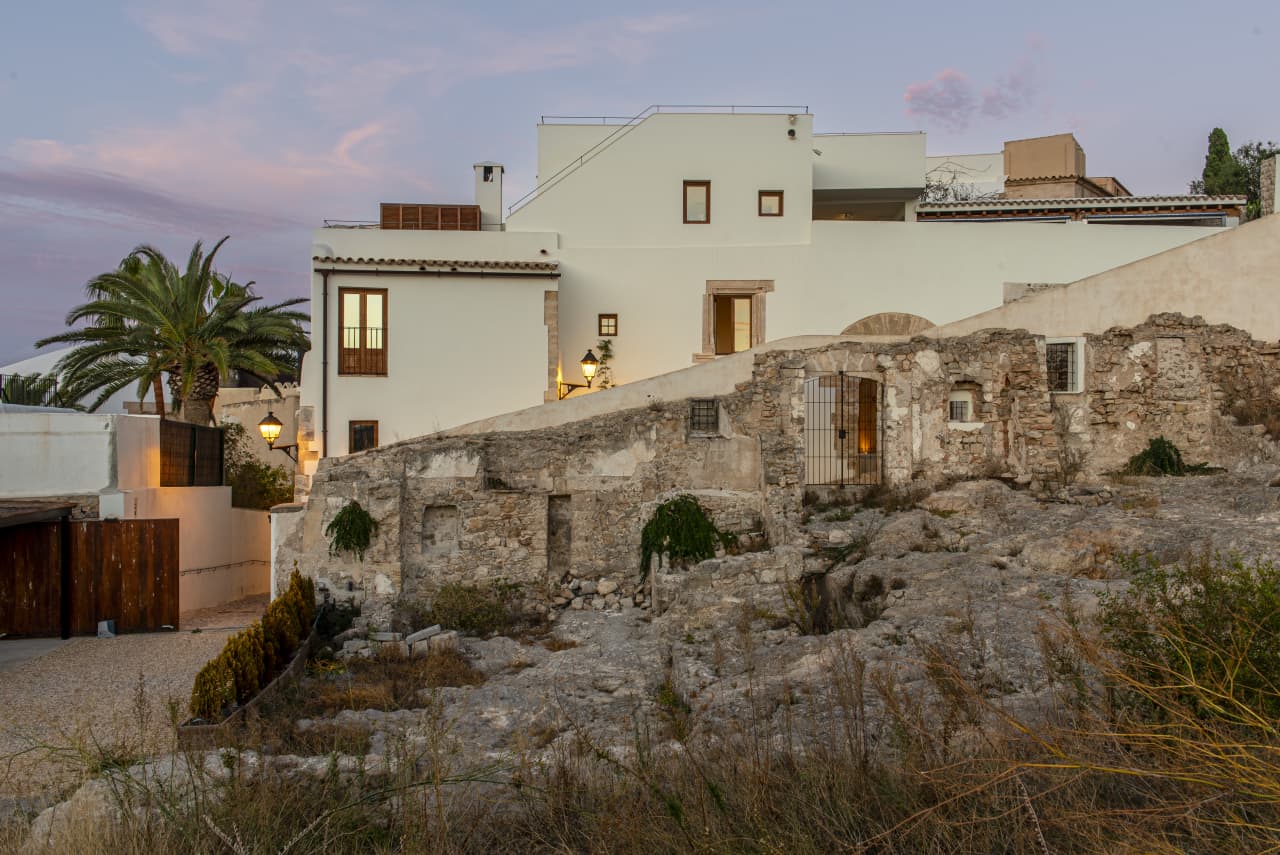Beauty Slowdown Reflects Cracks in Consumer Spending
After years of pandemic splurging, Ulta Beauty CEO says pullback is evident across price points and product types
Makers of consumer goods have been bracing for a slowdown in consumer spending after ebullient pandemic times. Ulta Beauty is now saying that the decline is happening faster than it expected.
The entire beauty category is experiencing weaker spending across price points and product segments, said Dave Kimbell , Ulta’s chief executive, at an investor conference Wednesday. The retail chain is among beauty companies that reported strong growth in revenue and profits over the past three years as consumers stepped up purchases of makeup, perfumes and skin-care items.
“Things that are going on in our consumers’ lives has led to a bit slower growth than we had anticipated in the category,” Kimbell said.
Ulta also isn’t expecting much growth in comparable sales in the current quarter from the first quarter last year. Comparable sales reflect sales at Ulta stores open at least 14 months and from e-commerce.

The comments helped send Ulta shares down 15% in Wednesday trading. Other beauty companies, including e.l.f. Beauty , Coty and Estée Lauder , also fell.
Ulta’s shares have lost about a fifth of their value after closing at a record of $567.18 on March 13, the day before the company released its fourth-quarter earnings.
“We do expect a normalisation to occur this year in the category,” said Jessica Ramirez , senior research analyst at Jane Hali & Associates. “However, we believe the consumer will continue to prioritise the beauty category as products across skin care and wellness are replenishable.”
The competitive landscape is also shifting in beauty. Sephora, the LVMH Moët Hennessy Louis Vuitton -owned rival to Ulta, is expanding its bricks-and-mortar presence in Kohl’s stores. Other retailers are also increasing their presence in the beauty business, Ulta executives said. New products are expected to help drive traffic to Ulta, including those from tennis star Serena Williams ’s new line Wyn Beauty, executives said.
U.S. retail sales are expected to rise this year from 2023, but at a slower pace than during the Covid-19 pandemic period, according to the National Retail Federation. The trade group forecast that retail sales would increase between 2.5% and 3.5% this year, just below the 10-year average of 3.6% before the health crisis.
“The foundation of the economy is relatively sturdy and still on a sustainable path,” NRF Chief Economist Jack Kleinhenz said Wednesday. “Barring unexpected shocks, it should continue growing in 2024, although not spectacularly” as a result of slower job and wage gains.
Other consumer-goods companies are bracing for a slowdown. PVH , the company behind brands Calvin Klein and Tommy Hilfiger, said on Tuesday that it has taken a cautious approach to planning in 2024 as a result of softer consumer spending in January and February. It forecast overall revenue this year would fall between 6% and 7% from 2023.
 Copyright 2020, Dow Jones & Company, Inc. All Rights Reserved Worldwide. LEARN MORE
Copyright 2020, Dow Jones & Company, Inc. All Rights Reserved Worldwide. LEARN MORE
This stylish family home combines a classic palette and finishes with a flexible floorplan
Just 55 minutes from Sydney, make this your creative getaway located in the majestic Hawkesbury region.
Continued stagflation and cost of living pressures are causing couples to think twice about starting a family, new data has revealed, with long term impacts expected
Australia is in the midst of a ‘baby recession’ with preliminary estimates showing the number of births in 2023 fell by more than four percent to the lowest level since 2006, according to KPMG. The consultancy firm says this reflects the impact of cost-of-living pressures on the feasibility of younger Australians starting a family.
KPMG estimates that 289,100 babies were born in 2023. This compares to 300,684 babies in 2022 and 309,996 in 2021, according to the Australian Bureau of Statistics (ABS). KPMG urban economist Terry Rawnsley said weak economic growth often leads to a reduced number of births. In 2023, ABS data shows gross domestic product (GDP) fell to 1.5 percent. Despite the population growing by 2.5 percent in 2023, GDP on a per capita basis went into negative territory, down one percent over the 12 months.
“Birth rates provide insight into long-term population growth as well as the current confidence of Australian families,” said Mr Rawnsley. “We haven’t seen such a sharp drop in births in Australia since the period of economic stagflation in the 1970s, which coincided with the initial widespread adoption of the contraceptive pill.”
Mr Rawnsley said many Australian couples delayed starting a family while the pandemic played out in 2020. The number of births fell from 305,832 in 2019 to 294,369 in 2020. Then in 2021, strong employment and vast amounts of stimulus money, along with high household savings due to lockdowns, gave couples better financial means to have a baby. This led to a rebound in births.
However, the re-opening of the global economy in 2022 led to soaring inflation. By the start of 2023, the Australian consumer price index (CPI) had risen to its highest level since 1990 at 7.8 percent per annum. By that stage, the Reserve Bank had already commenced an aggressive rate-hiking strategy to fight inflation and had raised the cash rate every month between May and December 2022.
Five more rate hikes during 2023 put further pressure on couples with mortgages and put the brakes on family formation. “This combination of the pandemic and rapid economic changes explains the spike and subsequent sharp decline in birth rates we have observed over the past four years,” Mr Rawnsley said.
The impact of high costs of living on couples’ decision to have a baby is highlighted in births data for the capital cities. KPMG estimates there were 60,860 births in Sydney in 2023, down 8.6 percent from 2019. There were 56,270 births in Melbourne, down 7.3 percent. In Perth, there were 25,020 births, down 6 percent, while in Brisbane there were 30,250 births, down 4.3 percent. Canberra was the only capital city where there was no fall in the number of births in 2023 compared to 2019.
“CPI growth in Canberra has been slightly subdued compared to that in other major cities, and the economic outlook has remained strong,” Mr Rawnsley said. “This means families have not been hurting as much as those in other capital cities, and in turn, we’ve seen a stabilisation of births in the ACT.”
This stylish family home combines a classic palette and finishes with a flexible floorplan
Just 55 minutes from Sydney, make this your creative getaway located in the majestic Hawkesbury region.






















